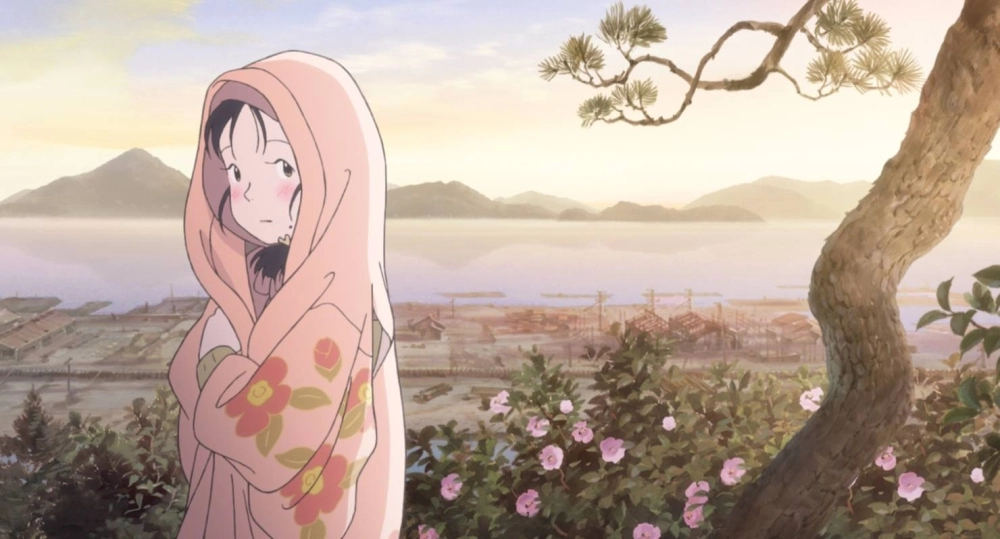After scooping up seven Oscars — including best picture — and grossing over $950 million at the box office, Christopher Nolan’s “Oppenheimer” has definitely earned its place among the most successful biopics in cinema. A sweeping tale about the so-called father of the atomic bomb, which was used to destroy two Japanese cities and killed hundreds of thousands of civilians during World War II, “Oppenheimer” toppled global box-office records after it was released worldwide — except for in this country.
Last summer, the film’s simultaneous release alongside Greta Gerwig’s blockbuster comedy “Barbie” led to the emergence of “Barbenheimer” memes, which were poorly received by Japanese social media users. This controversy, as well as a lingering sensitivity toward the subject matter and the release date’s proximity to the anniversaries of the bombings, kept “Oppenheimer” off screens until now — Nolan’s film will finally hit cinemas here on Friday. In an official statement, distributor Bitter End said: “The film’s subject matter is of great importance and holds special meaning for Japanese people, so we decided to release it in Japan after various discussions and considerations.”



















With your current subscription plan you can comment on stories. However, before writing your first comment, please create a display name in the Profile section of your subscriber account page.